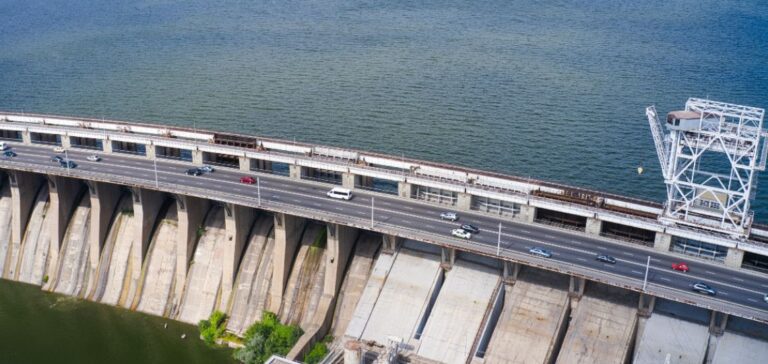In 2023, Africa installed 2GW of new hydroelectric capacity, marking a significant increase on the previous year. The main contributors to this development are Nigeria (740 MW), Uganda (408.2 MW), the Democratic Republic of Congo (381.7 MW) and Tanzania (261.7 MW). Despite this progress, only 10% of the continent’s hydropower potential is currently exploited, according to the International Hydropower Association (IHA).
Public-private partnerships and regional cooperation
Public-private partnerships play a key role in the financing and development of major projects. At the same time, regional cooperation initiatives are gaining ground, offering promising prospects for hydropower development. However, challenges such as limited access to finance, economic volatility and governance issues are hampering infrastructure development.
Need to rehabilitate existing installations
Recent studies by the African Development Bank (AfDB) and IHA show the urgent need to rehabilitate numerous hydropower plants acrossAfrica. The AfDB is leading efforts to modernize 12 plants with an investment of one billion dollars. Rehabilitating these facilities is crucial to improving the efficiency and reliability of the African power grid.
Global collaboration opportunities and needs
IHA’s latest World Hydropower Outlook reveals that Africa has a significant opportunity for growth in the hydropower sector, but there is an urgent need for greater collaboration and global investment. Eddie Rich, CEO of IHA, emphasizes that developing hydropower in Africa is not just about generating electricity, but also about empowering communities, stimulating economic growth and charting a sustainable path to a clean energy future.
Challenges and innovative solutions
With solar energy increasingly integrated into African grids, it is imperative to fully exploit hydroelectric potential to ensure a reliable and balanced electricity supply. Africa has 42GW of installed hydroelectric capacity, representing 40% of the electricity supply in sub-Saharan Africa. However, inadequate infrastructure and technological constraints are holding back the development of hydropower.
Future prospects
Africa needs to increase its electricity supply by 50% by 2030 and fourfold by 2050 to meet growing demand. The solvency of buyers complicates project financing and causes delays. According to Eng Lamu Audu, Managing Director of Mainstream Energy Solutions Limited and Vice President of IHA, strategic partnerships and innovative investment frameworks are needed to mobilize the capital required to realize Africa’s hydropower potential. Hydroelectric development in Africa is at a turning point. With rehabilitation initiatives, public-private partnerships and increased regional collaboration, the continent can overcome its current challenges and realize its immense potential. Commitment to sustainable energy solutions is crucial to Africa’s economic and environmental future.






















